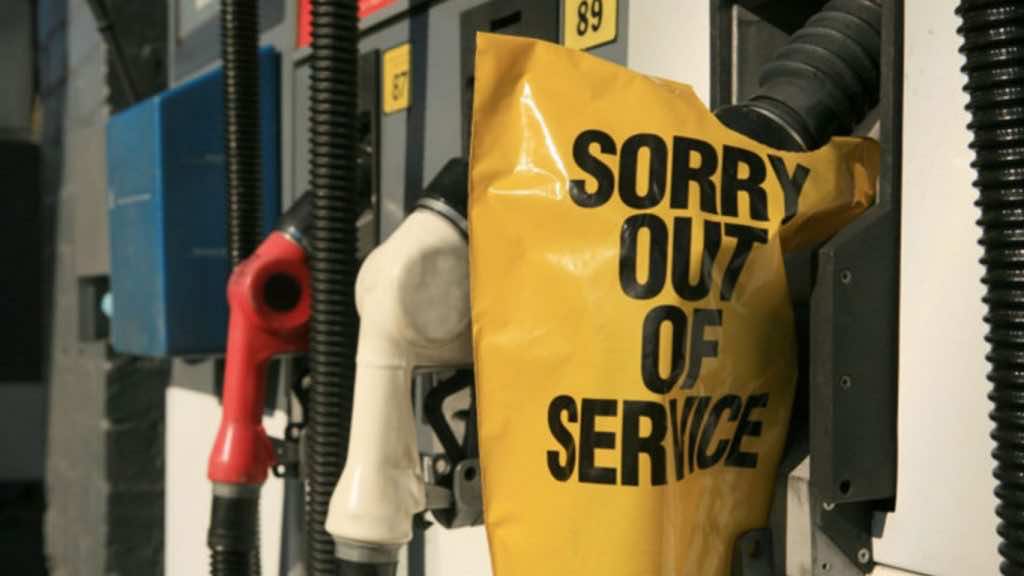An Associate Professor at the Illinois Institute of Technology has developed a smart computer model that will enable diesel engines to run on alternative fuels.
“Since we are focusing on a software upgrade, somebody can actually put that into their vehicle without incurring a lot of extra costs,” Hall explained. “They’re not really going to have to change the hardware on their vehicle.”
This software upgrade could act as a significant stone to help trucks move away permanently from diesel fuel.
“There’s an anticipation that with electric vehicles being more common for passenger cars in the United States that there’ll be a lot of extra gasoline that’s not getting used. That gasoline can be used on heavier-duty vehicles. That’s a strategy that’s still being explored,” added Hall. “Making engines smart enough to use a broader range of fuels also opens the door to other possibilities, such as using carbon-neutral or carbon-negative fuels.”
“Everything that we’re doing is looking at trying to get to cleaner and more efficient vehicles,” says Hall.
One alternative fuel that could be considered is gasoline. The main reason for this is that diesel and gasoline react differently.
“If fuel burns a little too early or too late, you don’t actually get all the benefit from it, and the efficiency is worse,” explained Hall.
To make this possible, therefore, engine management systems need real-time information on when fuel has ignited.
“Things that are actually happening inside the engine cylinder are really hard to measure in a cheap way,” says Hall. “So what we’re trying to do is take the information that we get from simpler, cheaper sensors that are outside of the actual engine cylinder where the combustion is happening, and from that diagnose what’s happening inside the engine,” she added.
And all this needs to happen in a fraction of a second, all the time.
“Our models are used to provide some system feedback,” says Hall. “Understanding the timing of [fuel ignition] gives us an idea of how it was tied to something like fuel injection, which we then might want to adjust based on that feedback.”
At present, the kind of calculation speed needed can be achieved using machine learning techniques or storing large data tables. Hall, however, took a different approach.
“We’ve been trying to create models that are based on the underlying physics and chemistry, even when we have these very complicated processes,” Hall says. “Recently there’s been interest in using neural networks to model combustion. The problem is that then it’s just a black box, and you don’t really understand what’s happening underneath it, which is challenging for control, because if you’re wrong, you can have something that goes very wrong.”
So, Hall looked at ways to simplify existing calculations and methods to speed up the process.
“We’ve tried to capture all the underlying effects, even if it’s in a more detailed way than we know we’re going to really be able to use for real-time control, and let that be our reference point. Then we simplify it down by using things like neural networks strategically, but we keep this overall structure so that we understand what each piece means and what it’s actually doing inside there,” says Hall.
This resulted in a leaner, more adaptable model that can be adapted for different fuels with a simple update.
“We’re working with those companies to try to help them understand the underlying combustion processes, but then also to build tools that they can potentially fold into their own software, and then enable their next generation of engines to use these fuels and use them well,” says Hall.

